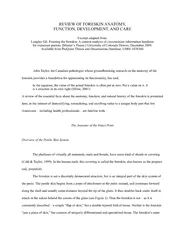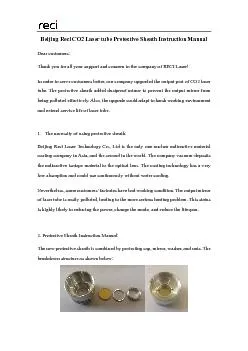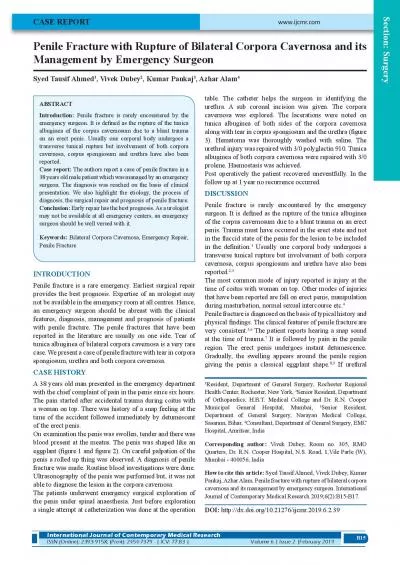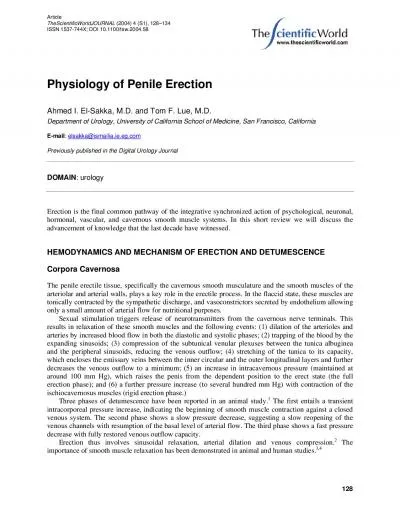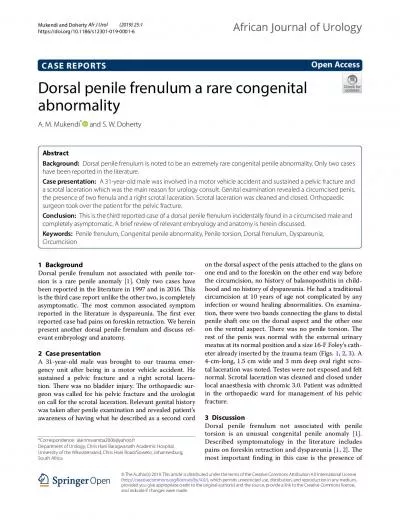PDF-Because the penile skin sheath does not attach to underlying structure
Author : mitsue-stanley | Published Date : 2015-07-23
have Sorrells et al 2007 The coverage of the foreskin also protects the glans against damage from a variety of chemical and mechanical irritants such as ammonia
Presentation Embed Code
Download Presentation
Download Presentation The PPT/PDF document "Because the penile skin sheath does not ..." is the property of its rightful owner. Permission is granted to download and print the materials on this website for personal, non-commercial use only, and to display it on your personal computer provided you do not modify the materials and that you retain all copyright notices contained in the materials. By downloading content from our website, you accept the terms of this agreement.
Because the penile skin sheath does not attach to underlying structure: Transcript
Download Rules Of Document
"Because the penile skin sheath does not attach to underlying structure"The content belongs to its owner. You may download and print it for personal use, without modification, and keep all copyright notices. By downloading, you agree to these terms.
Related Documents

